Perhaps you've come across the term " Hallmarks of Aging " before and wondered what exactly it means. Translated, it means something like "signs of aging." But what does that actually tell us? Does aging simply mean gray hair and wrinkles, or is there more to it? Science is intensively studying this question and has discovered that there are certain biological processes that significantly influence our aging process.
Good news: We can positively influence many factors through our lifestyle!
The most important things in brief
Hallmarks of Aging describe biological processes that influence our aging.
A healthy lifestyle can have a positive impact on many of these processes.
Important factors include nutrition, exercise, stress management and sleep.
Where does the concept of “Hallmarks of Aging” come from?
The "Hallmarks of Aging" were first described in a 2013 scientific paper by López-Otín and colleagues (1). The researchers identified various mechanisms that contribute to the aging process. These findings help us understand why our bodies become more susceptible to certain ailments over time. And more importantly, they show that aging is not a rigid process, but that we can shape it to some extent.
The original list included nine different mechanisms, with more added in 2023. These "Hallmarks of Aging" describe what happens in our cells as we age—and how we can counteract it.
The Hallmarks of Aging
The different Hallmarks of Aging are linked to each other, whereby:
Primary Hallmarks trigger aging
Antagonistic Hallmarks are initially beneficial but become harmful with age and
Integrative Hallmarks reflect the effects of aging over time.
Let’s take a closer look at some of the Hallmarks of Aging and their meaning (1) :
Genomic instability – DNA damage as an age factor
Our DNA is the building block of our body, but over time, errors accumulate—whether due to environmental factors, stress, or simply the natural aging process—can cause our cells to no longer function optimally. Changes at the molecular level can contribute to both normal and pathological aging (2) .
Epigenetic changes – genes are not our destiny
While our genes remain the same, their activity changes throughout our lives (5) . With age, important mechanisms of cellular health decline, which can lead to frailty and disease. Changes in the genome and chromatin play a central role in the aging process (6) .

Telomere wear – the biological clock of our cells
Telomeres are the protective caps of our chromosomes. They shorten after multiple cell divisions until they are eventually worn down to the point where the cell can no longer regenerate. This damage contributes to aging and age-related diseases (3) . The rate of wear is influenced by age, genetic variations, lifestyle, and social factors (4) .
Loss of protein homeostasis – when cells can no longer get rid of their waste
Proteins are essential for numerous bodily functions. However, with age, the ability to eliminate defective or damaged proteins declines. This can contribute to the development of progressive diseases of the nervous system (1) .

Deregulated nutrient absorption – too much energy, too little balance
The nutrient-sensing network regulates important processes such as cell growth, metabolism, and immune functions by responding to nutrient availability and stress factors. However, with age, this network becomes less effective, which can lead to health problems (7,8) .
Mitochondrial dysfunction – when the cell power plants weaken
Mitochondria are the energy centers of our cells. They produce the energy our body needs. However, with age, they work less efficiently, which can lead to exhaustion and cell damage (9,10).

Cellular senescence – when cells go into retirement
Cellular senescence is a response triggered by acute or chronic damage (11) . Some cells stop dividing over time. Instead of being eliminated from the body, they remain and send out pro-inflammatory signals that can damage other cells.
Chronic inflammation – silent drivers of aging
An overactive immune system can cause the body to remain in a persistent state of inflammation. This phenomenon is also called "inflamm-aging" and is linked to many age-related diseases such as diabetes, cardiovascular disease, and neurodegenerative disorders (12) .
With 750 mg/kg of polyphenols, O'Liv PLUS is one of the healthiest olive oils in the world. Just 1 tablespoon daily protects blood lipids from oxidative stress and supports normal cholesterol levels – thanks to the combination of valuable omega-3, -6, and -9 fatty acids, as well as hydroxytyrosol and tyrosol. Gently cold-pressed from hand-picked Olympia olives – 100% organic, vegan, and additive-free.
Experience Mediterranean vitality now with O'Liv PLUS!
What can you do to counteract the hallmarks of aging?
To counteract the hallmarks of aging, you can make a significant impact through targeted lifestyle changes. A balanced diet low in sugar and healthy fats, supported by intermittent fasting, can promote cellular health and reduce inflammation. Regular exercise, such as endurance and strength training, contributes to muscle strengthening and improves mitochondrial function.
Adequate sleep and effective stress management are also important to support physical recovery and maintain mental health. These healthy habits can not only slow the aging process but also improve your overall well-being and quality of life.

Practical tips for everyday life
These simple but effective habits can help you reduce your risk of age-related diseases and help your body function optimally :
- Diet : Try to reduce your sugar intake and include more plant-based foods like fruits, vegetables, and whole grains. Omega-3-rich foods like oily fish or flaxseed promote cellular health. Ensure adequate protein intake to maintain muscle mass and slow the aging process.
- Exercise : Find an activity you enjoy—whether it's running, cycling, yoga, or dancing. Make sure to do both cardio and strength training to support muscle and bone health. Aim for 150 minutes of moderate exercise per week.
- Sleep : Get 7-9 hours of sleep per night. Establish a regular sleep routine by going to bed at the same time every day and avoiding electronic devices for at least an hour before bedtime.
- Stress management : Take time for mindfulness or meditation. Even 5-10 minutes a day can help lower cortisol levels and calm the nervous system. Regular breaks in your daily routine and maintaining social contacts also promote mental balance.
- Intermittent fasting : Try incorporating intermittent fasting into your daily routine, for example, by abstaining from food for 12–16 hours a day and eating the rest of the time. This supports cell regeneration and can reduce inflammation in the body.
- Hydration : Make sure you drink enough water to keep your cells hydrated and help your body detoxify.


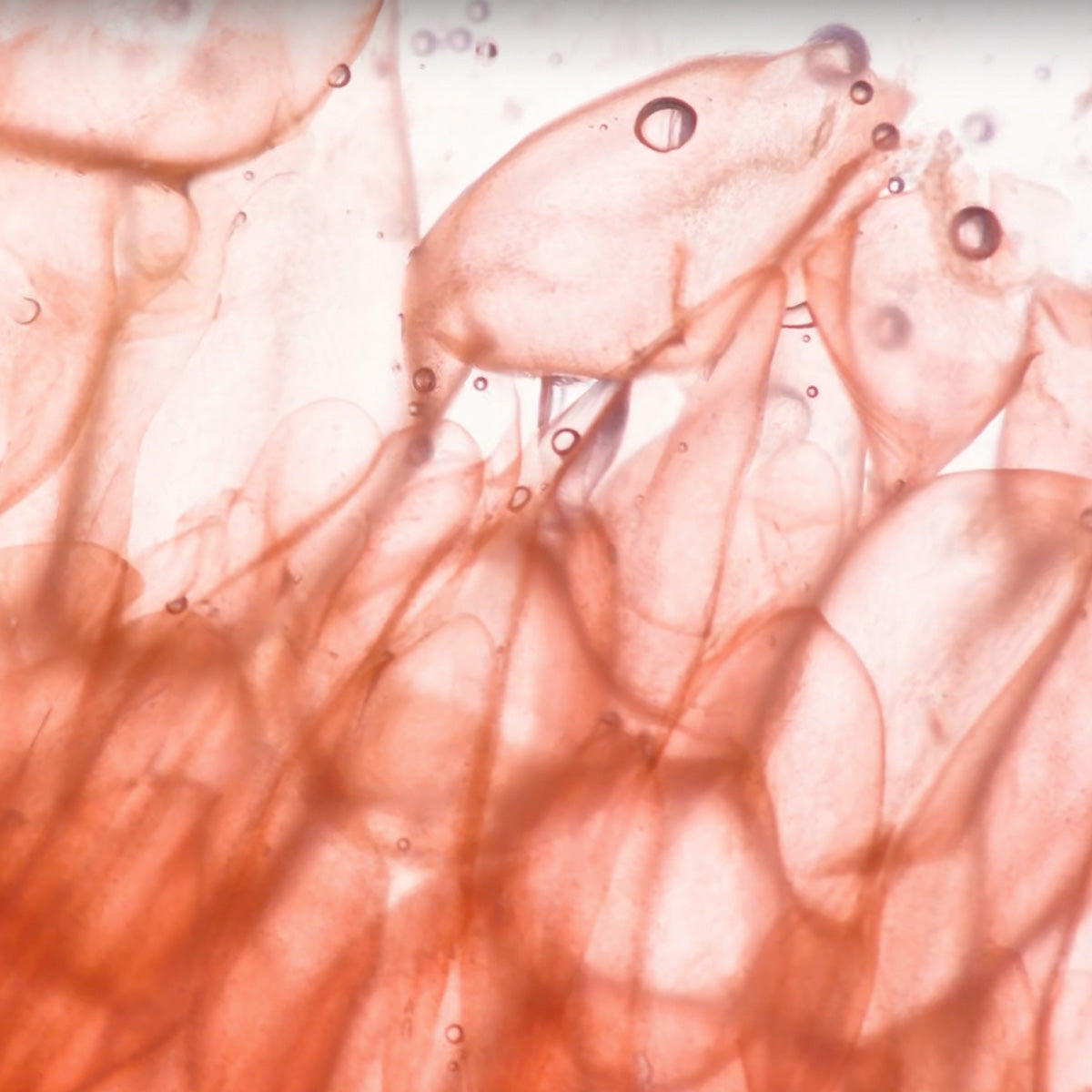
![Zinc Capsules [Zinc Bisglycinate]](http://cellavent.de/cdn/shop/files/CH_essentials-zink-kapseln-Produktbilder_2025.png?v=1760952204&width=104)

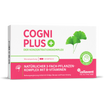
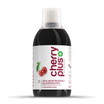
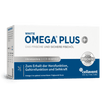
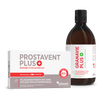
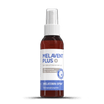
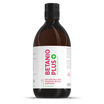
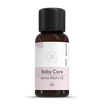

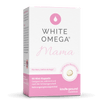
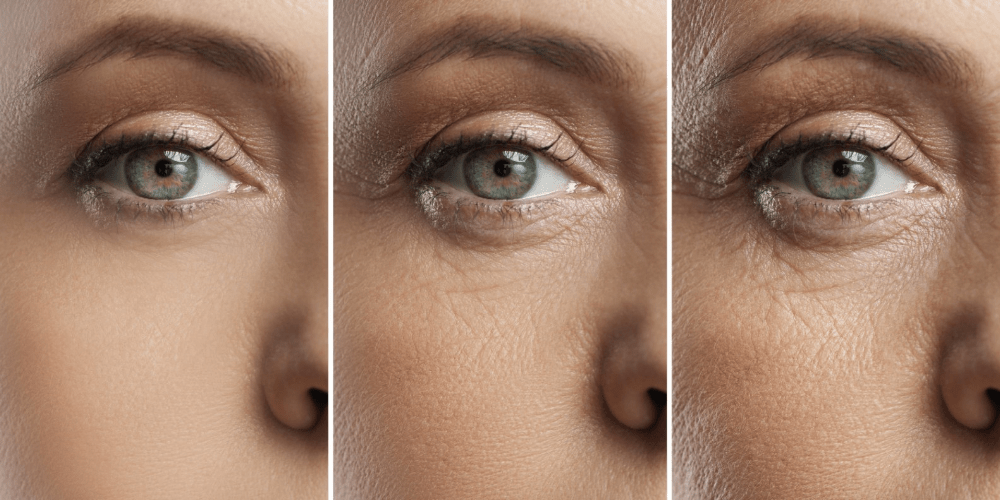

Leave a comment
This site is protected by hCaptcha and the hCaptcha Privacy Policy and Terms of Service apply.